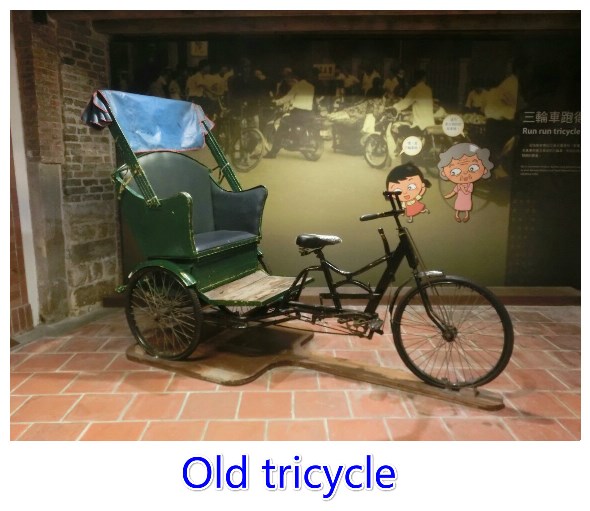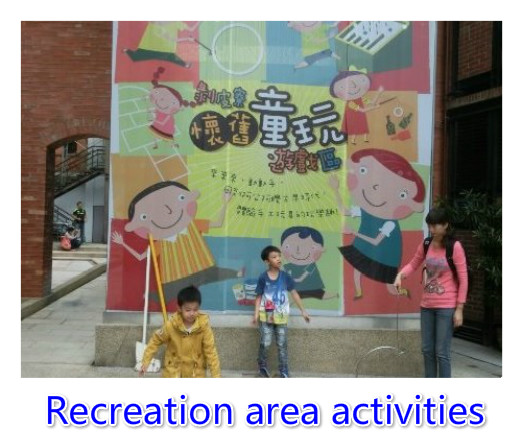

“Renovation and Reutilization Project (Phase One) of Bo-Pi-Liao Old Street East Part” was approved by the urban design commission in October of 2002 and started construction in July of 2003. The Education Department of Taipei City Government established a Bo-PiLiao reutilization operating team in August of 2003, named "Heritage and Culture Education Center of Taipei City (HCEC)" to incarnate the idea of "Educational ground roots in the historic street; the historic street was revived by educational activities". HCEC further proposed the following objective of reutilization: 1. To promote local culture education: to shape this district into a 3-dimensional educational material about local cultures, as well as a field trip destination for students by organizing exhibitions of vivid topics and educational activities. 2. To preserve local culture: to preserve the spatial design and the space of historic significance; using places where historical events took place and characteristic industrial sites as exhibition halls to introduce the historical development, lives of common people and unique local industries in Bo-Pi Liao, so as to contribute to the preservation of local cultures. 3. To revive the old street, and to display the historical context: going through the Qing period, the Japanese Rule Era, and the post-war Taiwan, buildings in Bo-Pi Liao demonstrate various architectural languages, spatial significance and life experiences of common people. Its social value and cultural transformation makes it a historic mission to revive the district. Revitalization and reutilization give the old buildings a new life, emphasizing the integration of the new and the old, instilling vigor into the old street, encouraging community activities and reviving the atmosphere.
Space planning for reutilization
The preserved and reused Bo-Pi Liao historic district is divided into an ecological museum and a semi-museum. It is also identified as the core museum in Mengjia district. The purpose of a reuse plan for empty spaces is to demonstrate the historic, cultural and economic value of a historical building or an architectural site of some historic significance via reutilization. When organizing indoor or outdoor exhibitions and performances, they should be closely related to local industries and cultures, and the original feature and style of the buildings should be preserved during space planning.
In terms of space planning, our recommendations on how to present local history and cultures:
1. Urban regeneration, space reutilization, cultural identify are closely associated with local economy. We suggest that, for the regeneration plan, the authority could combine the cultural assets of local industries, to boost a vivid image for the district and to develop the industry of cultural tourism, effectively contributing to the transformation of local economy and improving the overall living environment.
2.However, despite of the reutilization plan of Taipei City government, space utilization and arrangement in Bo-Pi Liao are still not very vigorous, failing to demonstrate the original cultural significance. We suggest that Bo-Pi Liao should further promote local traditional industrial activities, introducing exhibitions and performances of traditional crafts in Wanhua and Bo-Pi Liao. By connecting existing historical buildings with local cultures, tourist sites that incorporate local community features could be built. Surroundings sites like Herb Lane, Guanzhou Street, Guiyang Street, Longshan Temple, Qingshangong Temple, and Qingshui Temple could attract tourists, and thus, cultural and historical assets of Bo-Pi Liao can be promoted. Through an active preservation of unique historic buildings and landscape planning, as well as combining the influence of the cultural and creative industry on the economy, it could play an important role in sustainable urban development. These allow the concept of sustainability to naturally become a framework for both economic and cultural development, contributing to the preservation, reutilization and sustainable management of cultural assets.
|


